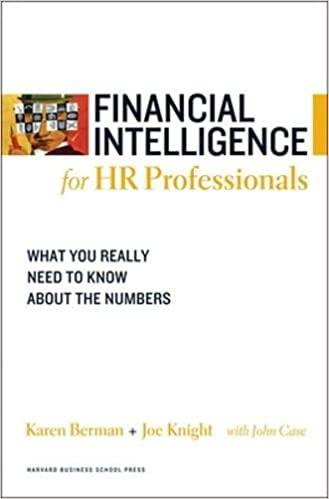Question
Bonds often pay a coupon twice a year. For the valuation of bonds that make semiannual payments, the number of periods doubles, whereas the amount
Bonds often pay a coupon twice a year. For the valuation of bonds that make semiannual payments, the number of periods doubles, whereas the amount of cash flow decreases by half. Using the values of cash flows and number of periods, the valuation model is adjusted accordingly.
Assume that a $1,000,000 par value, semiannual coupon U.S. Treasury note with five years to maturity (YTM) has a coupon rate of 4%. The yield to maturity of the bond is 9.90%. Using this information and ignoring the other costs involved, calculate the value of the Treasury note:
$925,985.64
$655,906.50
$771,654.70
$486,142.46
Based on your calculations and understanding of semiannual coupon bonds, complete the following statements:
The T-note described in this problem is selling at a .
Step by Step Solution
There are 3 Steps involved in it
Step: 1

Get Instant Access to Expert-Tailored Solutions
See step-by-step solutions with expert insights and AI powered tools for academic success
Step: 2

Step: 3

Ace Your Homework with AI
Get the answers you need in no time with our AI-driven, step-by-step assistance
Get Started


